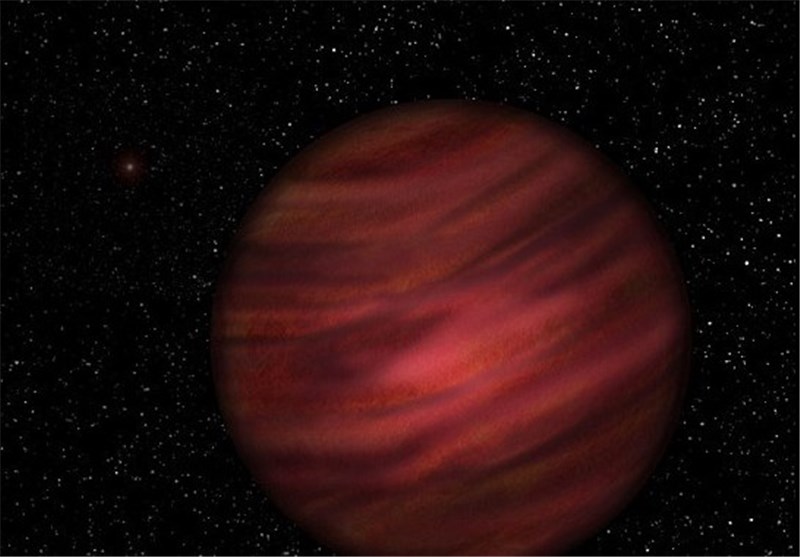
New research shows the planet, a massive world 11 to 15 times bigger than Jupiter, may be orbiting its host star about 7,000 times farther away than Earth circles the sun.
At this distance, light from the star would take a month to reach the planet, research published Monday in the Monthly Notices of the Royal Astronomical Society shows, The Discovery News website reported.
“This is the widest planet system found so far,” astronomer Niall Deacon, with England’s University of Hertfordshire, said in a statement.
Both the planet, known as 2MASS J2126 and its prospective parent star, TYC 9486-927-1, were discovered more than eight years ago, but the relationship between the two remained unknown.
Deacon and colleagues found that despite being more than 621 billion miles, or 1 trillion kilometers, apart the two objects are moving together in space.
“Nobody had made the link between the objects before. The planet is not quite as lonely as we first thought,” Deacon said.
Scientists don’t know how a planet could end up so far away from its host star. 2MASS J2126 is almost big enough to be a star itself and may be another type of brown dwarf, or failed star.
"Pinning down the formation of this system is difficult and lends intrigue to this odd pair," co-investigator Josh Schlieder, a post-doctorate researcher at NASA's Ames Research Center in Moffett Field, Calif., wrote in an email to Discovery News.
"It is easier to infer how the system likely did not form. Since the mass ratio is relatively high and the separation so extreme, it is unlikely that 2MASS J2126 formed near its current location from a disk of material orbiting the primary star, similar to the gas giants in our solar system."
Schlieder suggests that 2MASS J2126 may have formed closer to its partner, TYC 9486-927-1, and then migrated outward. This process could have been a result of orbital interactions with currently unseen additional companions, he said.
It's also plausible that the two objects may have fragmented from the same gas cloud, creating a binary star-like system.
"Another option is that 2MJ2126 formed around a different star and was ejected, became free-floating, and was later captured into the current very wide system by the gravity of the primary," he said.
Pinning down which formation scenario is most likely will require further study, however.

Add new comment